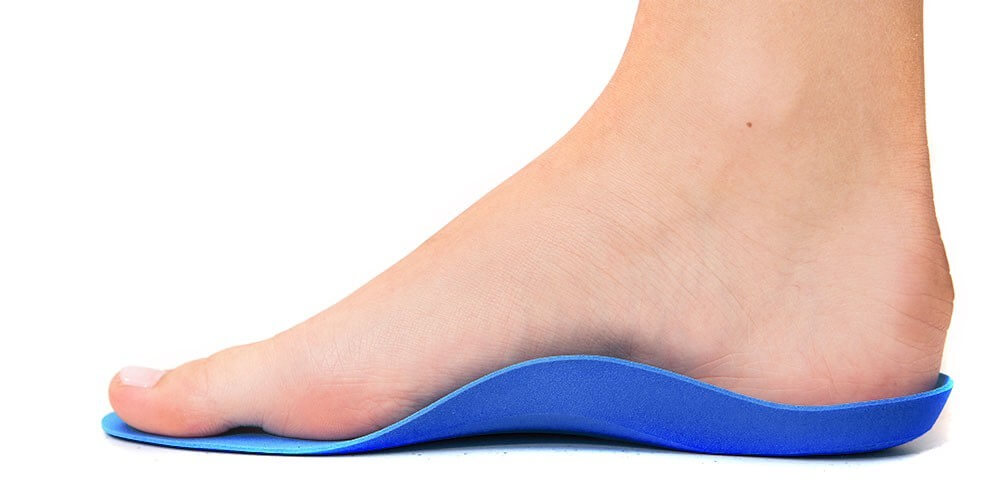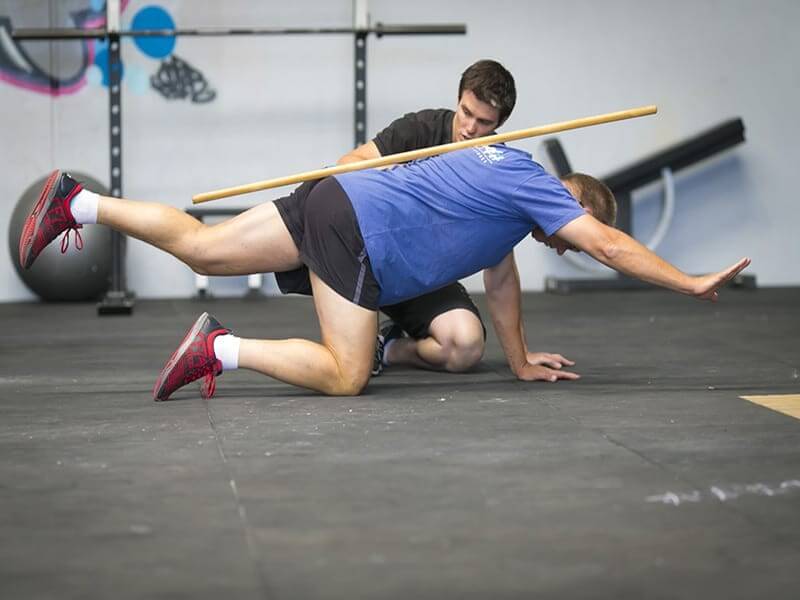
Watch this brief video for a summary of how Physiotherapy can help manage arthritic conditions.
This fact sheet has been written to provide general information about massage for people with arthritis and musculoskeletal pain. It includes guidelines as to how to find a qualified massage therapist and general safety tips. It also tells you where to find further information and advice.
What is massage?
Massage involves the manipulation of tissues, using pressure, tension, motion or vibration. It targets the soft tissues of the body, such as muscles, tendons and ligaments. Massage can be done manually, using hands, fingers, elbows, or with mechanical aids.
What are the benefits of massage?
In general, it is claimed massage can help:
1. Decrease stress hormones and depression
2. Ease muscle tension
3. Improve circulation and reduce swelling
4. Increase the body’s production of natural pain-killing endorphins, and improve sleep and immune function.
However there have been limited scientific studies on the benefits of massage specifically for arthritis. From these studies, it appears that massage may have short term pain-relieving benefits for people with arthritis-related pain. Massage may also help to temporarily improve the mobility of joints and muscles affected by arthritis. However massage will not reduce inflammation or joint damage from arthritis.
Are there different types of massage?
Massage therapy generally falls into two categories:
relaxation – typically, this type of massage focuses on stress release and reducing general muscle tension
remedial or therapeutic massage – this type of massage aims to address injuries and chronic muscular pain, such as that caused by arthritis. Remedial treatments target specific problem areas and are more likely to be beneficial in temporarily relieving the symptoms of arthritis, such as pain.
Are there any risks or precautions?
Always discuss any new treatments you are thinking about trying with your rheumatologist (arthritis specialist) or doctor to find out if there are specific things you should avoid. As people with arthritis are likely to have joint and soft tissue pain and damage, it is important to check the qualifications and experience of the therapist providing the massage. Massage therapy may not be appropriate when joints are acutely inflamed; check with your rheumatologist or doctor.
Choosing a qualified Chartered Physiotherapist
In Ireland we have Chartered Physiotherapists which have the highest level of training of physical therapy. At Physio Tullamore we are experienced with working with arthritis.
Working with your Chartered Physiotherapist
When attending a massage therapy session, be sure to discuss your needs with the therapist and ask them what treatment is best suited to your condition Massage therapy should be conducted in a secure and private area where you have the ability to undress and dress in private. The therapist should not be present at this stage and you will be asked to lie on the table and cover yourself with the appropriate towel or cover. It is normal practice for undergarments to be worn. During the massage, towels or coverings should be used to cover any part of the body not directly receiving treatment. If you are uncomfortable or unsure at any stage of the massage, be sure to tell the therapist. You have the right to ask the therapist to stop any treatment immediately and decide whether you want to continue with the massage.
Remember, if you experience any discomfort during your treatment, let your physiotherapist know. Your physiotherapist should also inform you of any effects you might notice following the treatment, such as mild pain, headache or bruising as this can be a normal post-treatment outcome.
What you need to tell your Chartered Physiotherapist prior to your treatment:
It is important that your massage therapist is aware of your diagnosed condition, as there are many forms of arthritis, each with their own treatment needs and precautions. You should advise them of your medical treatments and other medical conditions. In follow-up consultations, be sure to update your therapist about the effects of the previous treatment and of any changes to your condition.
References:
https://www.myjointpain.org.au/library/managing-osteoarthritis/massage-and-arthritis


